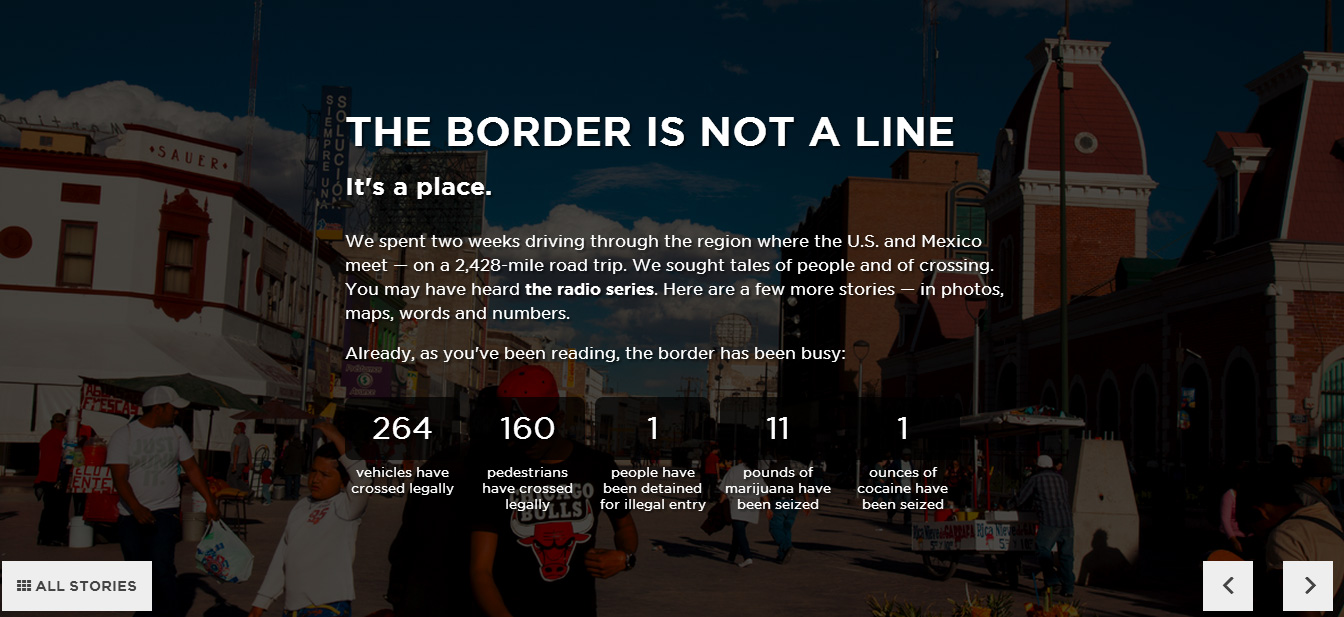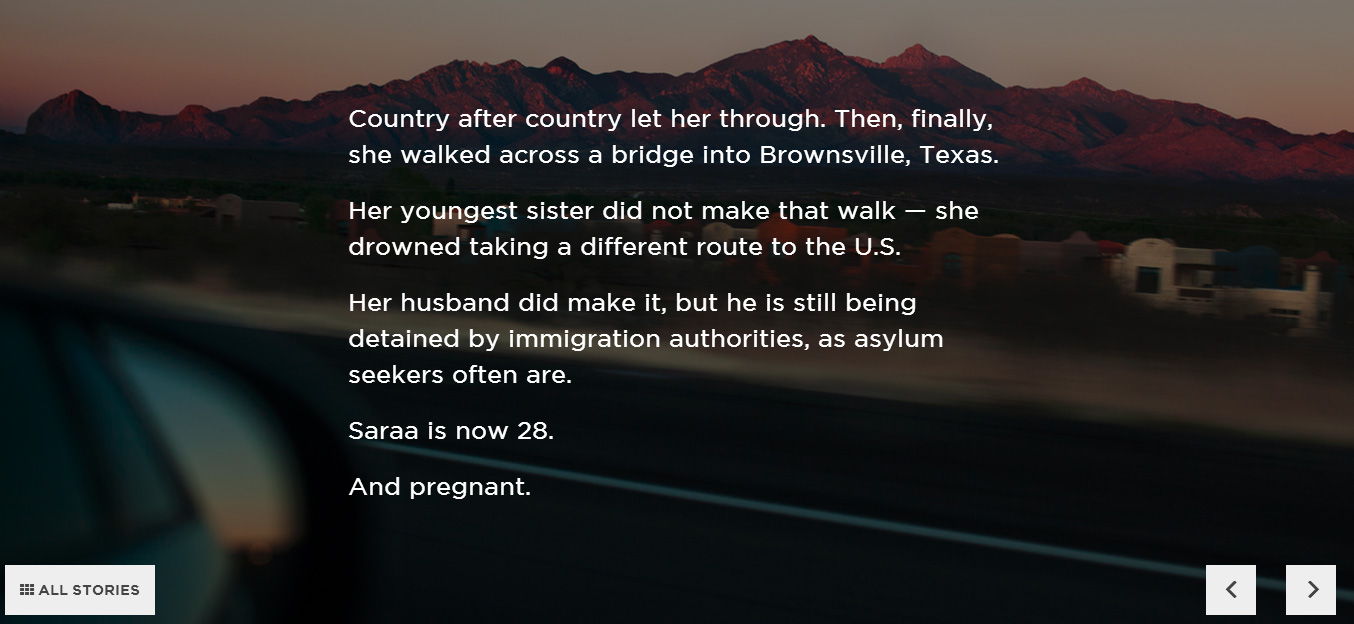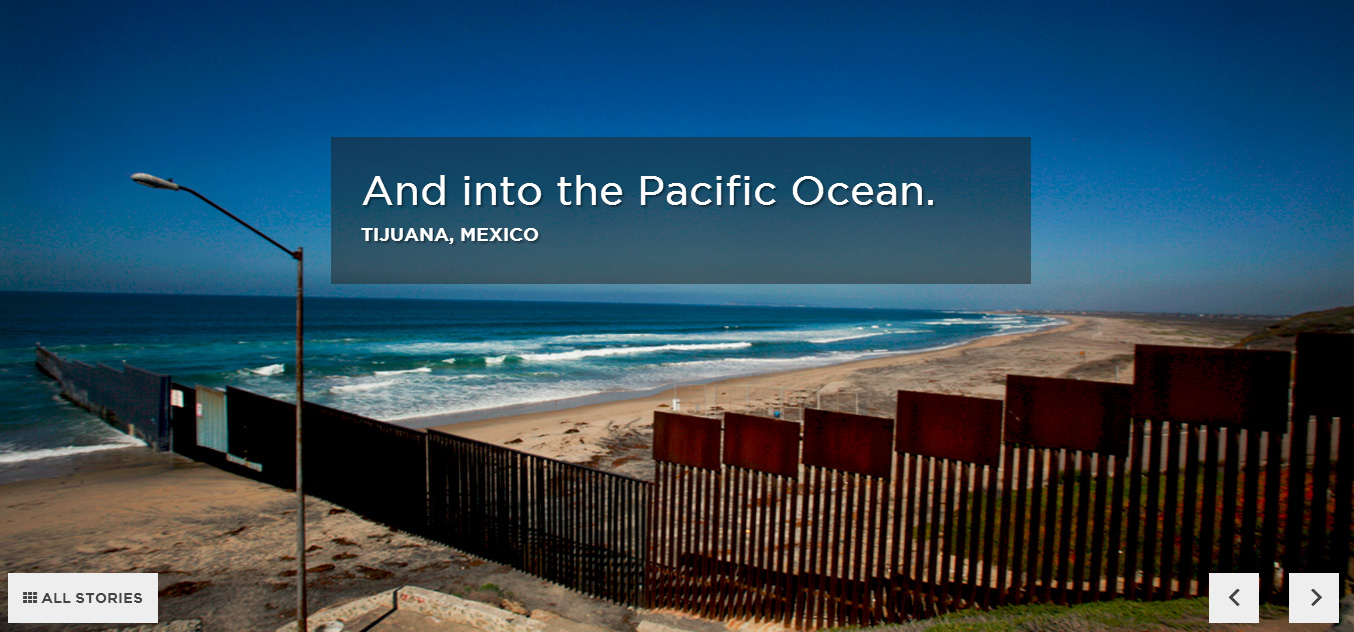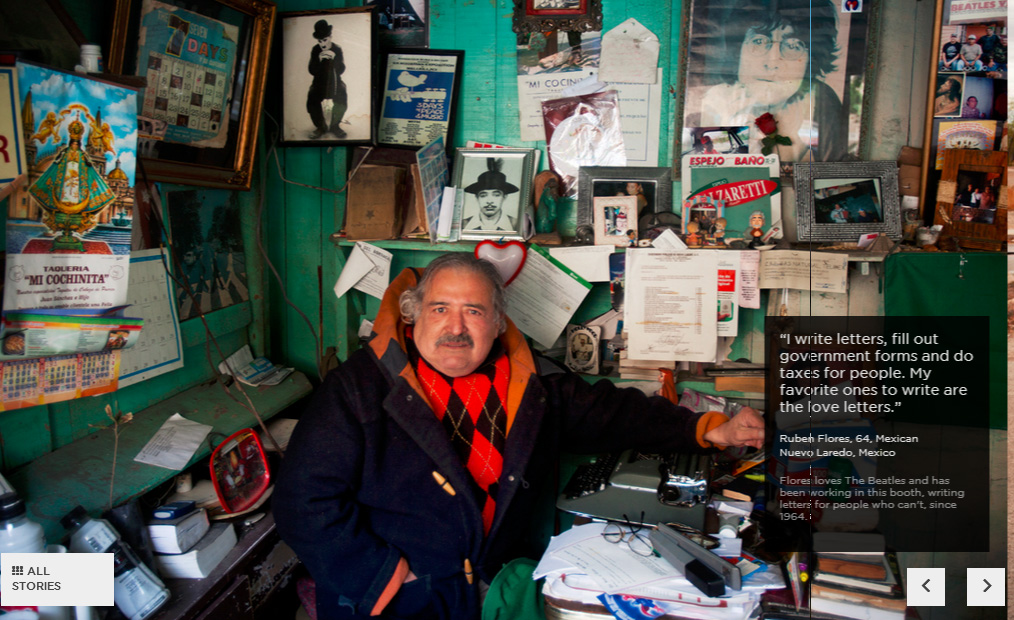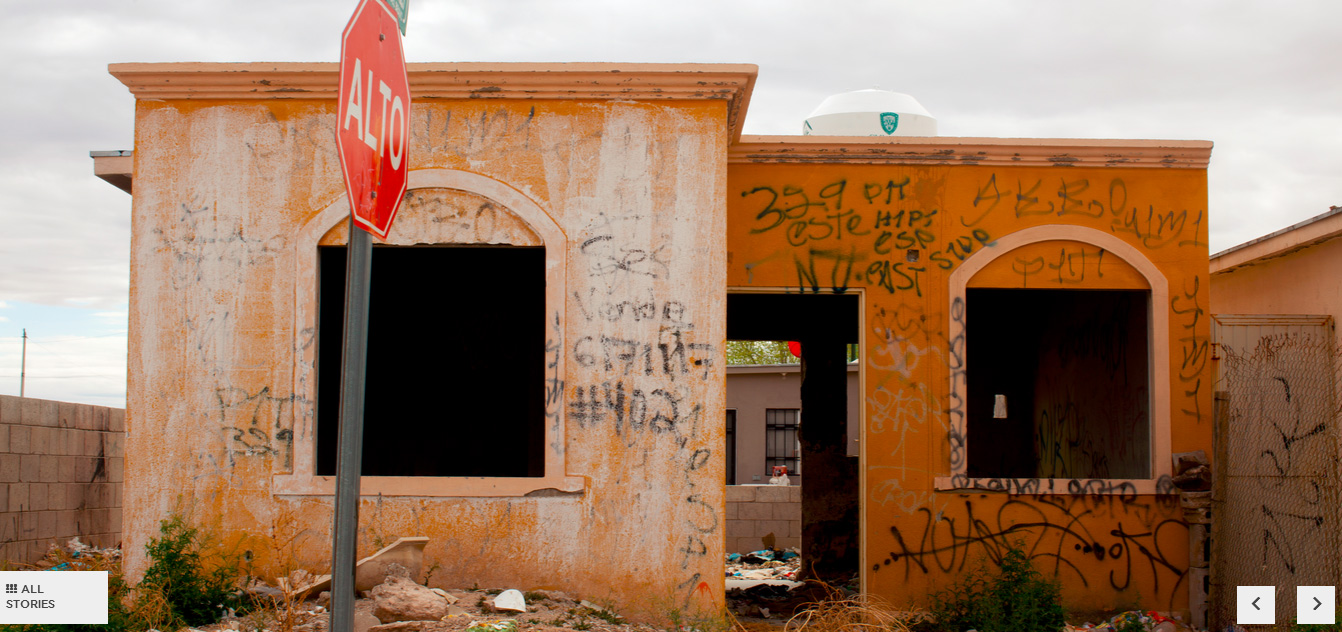If you do nothing else today, make a run to the NPR website that’s been set up in support of the network’s Morning Edition series from the U.S.-Mexico border.
Among other things, it explains why NPR took “radio” out of its name a few years ago in recognition of its many ways of telling stories. And what stories are captured in the “Borderland” app!
It begins with a counter that tells you what’s happened in Borderland just since you started reading:
Among the most impressive aspects is that NPR’s digital team doesn’t just jam radio stories onto a page. Instead, it uses fewer words from reporter Steve Inskeep, which actually makes them more powerful.
It provides a compelling explanation of the border, and the “fence” that’s designed — somewhat poorly — to satisfy calls for more security.
And it makes it hard to turn away, because we’re forced to meet people…
… and confront the empty houses that symbolize the impact of violence.
The border is littered with the things people have to leave behind. Why are we so struck by a tube of toothpaste?
Inskeep powerfully tells the story in the first person.
People drop their possessions as they climb the wall — or are made to empty their pockets as they are arrested. A yellow toothbrush stood out on the path. Others were strewn about, along with two toy helicopters, deodorant and a torn child’s shirt. My 4-year-old could have worn it.
And we are confronted with the “thicket” of the language of Borderland. What do we call the people who cross it?
It’ll take you a half hour to zip through the breathtaking presentation. And then, you get one final head-shaking snapshot.

